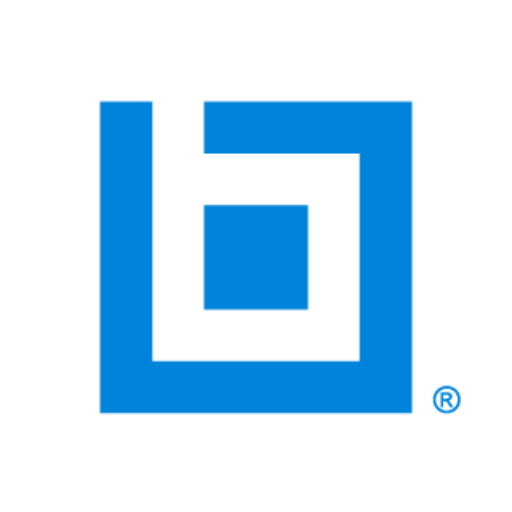The Evolution of Manufacturing Engineering Training
 By Tony Glockler
Co-Founder, SolidProfessor
By Tony Glockler
Co-Founder, SolidProfessor
Engineering is changing. Engineering education needs to change with it.
The days of “one and done” intensive education are obsolete due to the rapid changes made possible by advanced electronics, software, tools and the internet. Staying current means implementing new ways of learning. Today, continuous learning needs to become a normal part of an engineer’s work week.When Change Becomes Constant
About three decades ago, experts examined how long it would take before an engineer’s technical skills became obsolete. For mechanical engineers, they determined it was 7.5 years.
But with today’s advances, knowledge is becoming obsolete faster.
In 2008, Jim Plummer, Dean of Stanford University College of Engineering, said that while his college had crafted an educational program that prepared students for a changing, competitive global environment, he still estimated that “within 3 to 5 years, their basic technology learned is obsolete.”
In the years that have followed, with the advancements in materials and software, knowledge likely becomes outdated even faster.
Technology is making the manufacturing field move faster and faster. Technology is also helping manufacturing engineers keep abreast of these new capabilities with online learning resources like SolidProfessor.
To bridge the gap, training can no longer be done once a year. It must be an ongoing commitment and scheduled into an engineer’s weekly workload, just like any other task.
Kaizen and Manufacturing Engineering
Manufacturing engineers have embraced the Japanese concept of continuous improvement, or kaizen. Applied to the manufacturing process, it means improving quality, cost, and delivery. This must be done across all three areas simultaneously because all are equally important and all affect and interact with one another. What affects one also affects the others.
That’s why it’s also important to keep skills current for as many members of the manufacturing team as possible, from designers to engineers to programmers and more.
With continuous education, the whole team can keep up with changes that result in improvement on quality, cost and delivery.
If learning isn’t consistent and worked into the weekly schedule, quality, cost, and delivery could be negatively impacted. In manufacturing engineering, the speed of change, and its depth, are rapid. Advances in software and tools happen constantly. To understand how to use them and make the most of their capabilities, manufacturing professionals need to update their skills regularly.
Redefining Training
Continuous education not only helps engineers stay current on new technology and changes in the field, it also is the way to stay on top of the new software, apps and tools that are available to the profession. In this field, the speed of change, and its depth, are rapid. Advances in software and tools happen daily. To understand how to use them and make the most of their capabilities, skills need to be current.
Once a year doesn’t work. Daily and weekly skills development is the solution.
As an engineer, you need to keep pace with the new advances. The only way you can do that is by adopting a commitment to continuous learning for yourself and your team.

This article was first published in the October 2015 edition of Manufacturing Engineering magazine. Published Date : 10/1/2015
























